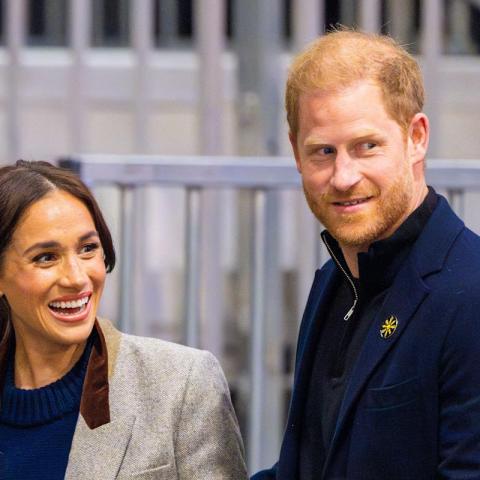A study in southeast Queensland found that about 4.8% of certain bird species have sex characteristics that don’t match their chromosomes. This raises questions about how common this is among wild birds. While most people learn that birds have a ZW chromosome system—where ZZ represents males and ZW represents females—this research suggests there’s more to the story.
Dr. Dominique Potvin from the University of the Sunshine Coast shared that this potential for “sex reversal” has mostly been anecdotal in the past. Systematic studies are rare, mainly focusing on domesticated animals like chickens. In one study on ducks, fewer than 1% showed sexual reversal.
The recent study examined birds brought into wildlife hospitals, including kookaburras, magpies, crested pigeons, and lorikeets. Among 496 birds studied, 24 showed sexual mismatches. Most were ZW birds that could likely father offspring, while one ZZ female had laid an egg.
Potvin explained that these findings suggest wild birds might experience more fluidity in sex determination than previously thought. Identifying the sex and reproductive status of birds is essential for various studies, especially in conservation efforts.
One interesting aspect is the potential influence of environmental factors on these findings. Potvin remarked that the rates of sexual mismatch were consistent across species, suggesting that human factors like chemical exposure might not be the decisive reason for these discrepancies.
Experts are keen to explore further. Questions remain about the reproductive success of these mismatched birds—will they breed successfully? While the current study didn’t cover every angle, it highlights a topic that deserves more attention in wildlife research.
This investigation opens doors for future studies, particularly regarding mating behaviors and external factors impacting sex determination. The research has been published in Biology Letters, emphasizing the importance of understanding sex dynamics in bird populations.
For more insights on wildlife and avian studies, visit Biology Letters.



















